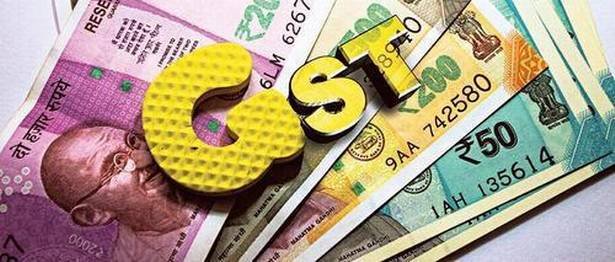Come January 1, 94 lakh GST assessee will be required to fill only four GSTR 3B (Goods & Services Tax Return) forms as against 12 now.
GSTR 3B is mandatory for every GST assessee to file. It shows details of sales and purchase made by the registered taxpayer, liable Input Tax Credit (ITC), liable tax and actual tax paid.
The government has decided to introduce quarterly filing of return with monthly payment (Quarterly filing of Return with Monthly Payment (QRMP) Scheme). The Scheme will impact almost 94 lakh taxpayers, about 92 per cent of the total tax base of the GST, who have an annual aggregate turnover (AATO) up to ₹5 crore.
According to a senior tax official, with quarterly scheme put to practice in GST, the small taxpayer, from January onward, would need to file only eight returns (four GSTR-3B and four GSTR-1 returns) instead of 16 returns at present, in a financial year. This would also result in the taxpayers’ professional expenses for filing returns getting significantly reduced. The scheme would be available on the GST common portal with a facility to opt in and opt out and again opt in, if one wishes so.
The official said that this would also bring in the concept of providing ITC only on the reported invoices, thereby significantly curbing the menace of fake invoice frauds. It may be noted that in the ongoing nationwide drive against fake invoice frauds, the GST intelligence wing DGGI, along with the CGST Commissionerates, has so far arrested 114 persons besides booking 1,230 cases against 3,778 fake GSTIN entities.
Full benefits of GST only from 2020-21: Interim Budget
Facility of IFF
The QRMP scheme has an optional feature of Invoice Filing Facility (IFF) to mitigate business-related hardships for small and medium taxpayers. Under the IFF facility, the small taxpayers who opt to be quarterly return filers under QRMP scheme would be able to upload and file such invoices even in the first and second month of the quarter for which there is a demand from the recipients. Further, this would engage buyers who earlier used to avoid purchase from the small taxpayers for want of uploading of invoices in the system on monthly basis.
The official further explained that the taxpayer would need not to upload and file all the invoices for the month and could upload and file only those invoices required to be filed in IFF as per demand of the recipients. The remaining invoices of the first and second months can be uploaded in the quarterly GSTR-1 return. The IFF would be available up to a cut-off date and credit would flow to the recipient after the cut-off date on filing of the IFF.
Under the scheme, the taxpayer would have the preference to pay the due monthly taxes as per his own choice either by cash ledger or through pre-filled challan which would be 35 per cent of the previous quarter’s cash paid, or as per actuals. Thereby, a small taxpayer would require professional help only as and when required, particularly in the last month of the quarter, and can be free from tax-related stress by simply making payments through a system-generated, pre-filled challan.

